Concept of Purushartha:
The concept of Purushartha is a fundamental principle of social ethics. Like four classes in the society and four stages in the life of an individual, the ancient Indian seers conceived of four aims or purposes of a man- the Purushartha. These are not only meant to set an ideal objective but also to convey the right means to achieve them. The four Purusharthas are Dharma, Artha, Kama and Moksha. The concept recognizes the interdependence of society and individuals and tries to keep both integrated and balanced. Since the natural urge of an individual is quite in contrast to the natural needs of the society a common ground had to be found, and it was found in the concept of Purushartha.
(1) Dharma- Though literally and loosely translated as religion the concept of Dharma is much wider. It is the law, or principle on which society is based. It also defines the Kama (the righteous conduct) of a person on the basis of his Varna and Ashram. A man is expected to uphold the truth, believe in god and generally behave in a way that is conducive to the maintenance of social order, his own dignity, and the true path in life.
(2) Artha- Artha is another Purushartha which stands to express human prosperity. It implies that a person should earn wealth for the maintenance of his family as also for giving that in charity, yajna and sacrifices can also be possible only with the help of wealth. Upanishads make it clear, that those who only care for the other world and do not care for this world or for earning the wealth are in absolute darkness. Wealth is also needed for attaining knowledge and immortality. Artha is thus needed for the maintenance of life as well as happy life. What, however, in Hindu philosophy is stressed is, that wealth should be earned by righteous and reasonable means. Wealth earned by illegal or unconstitutional means is not allowed under the Hindu social system. It is always believed that good means should be adopted for earning wealth. Wealth earned by deceit has all along been condemned.
(3) Kama- Hindu social thinkers have always fully appreciated the place of the Kama in human life. According to them, Kama is the urge for human life and it must be satisfied. They believe that it is essential both for the production of children and for the continuity and perpetualness of the race. They believe that the urge for sex is unavoidable and must be satisfied.
(4) Moksha- Moksha is freedom from the cycle of birth and death. It is the Ultimate Goal of all human beings. It highlights spiritualism and is supposed to answer the fundamental question about the purpose of life. As NA Nikam rightly points out that “although many similes are used in the Upanishad to convey it, the simile of the rivers joining the ocean, and the simile of the ultimate return to the source of Being are the most important; moksha is the realization in which the knower becomes what he knows, brahmavid brahmaive bhavati, the knower of the Brahma become Brahma” which means that the Knower becomes aware that in his real nature he is Brahma; it becomes the affirmation of a realized experience, aham brahmasmi, “I am Brahma” in self-experience”. It is the state of mind and does not mean the total negation of worldly existence. It is not the privilege of everyone. A true sanyasi could only attain it.
The first three of the Purushartha- Dharma, Artha and Kama are meant for the present life and the last one for the after-life. Many thinkers have stressed equal importance for all four. It is generally accepted that without proper fulfilment of Dharma, Artha and Kama, Moksha cannot be attained.

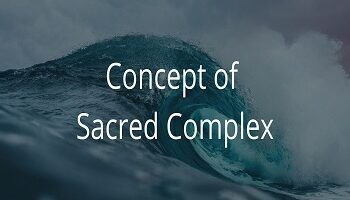

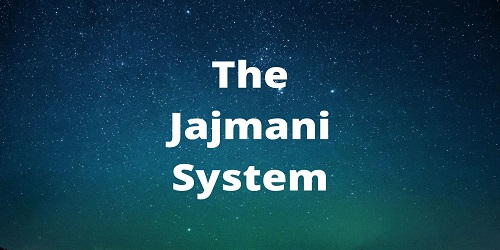
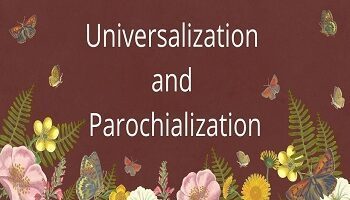

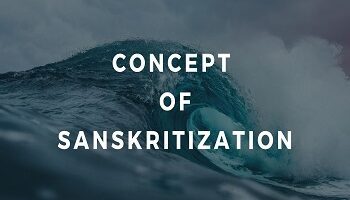

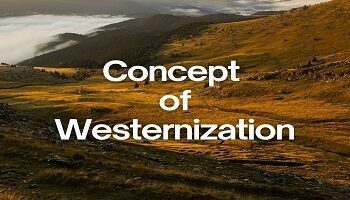
Comments (No)